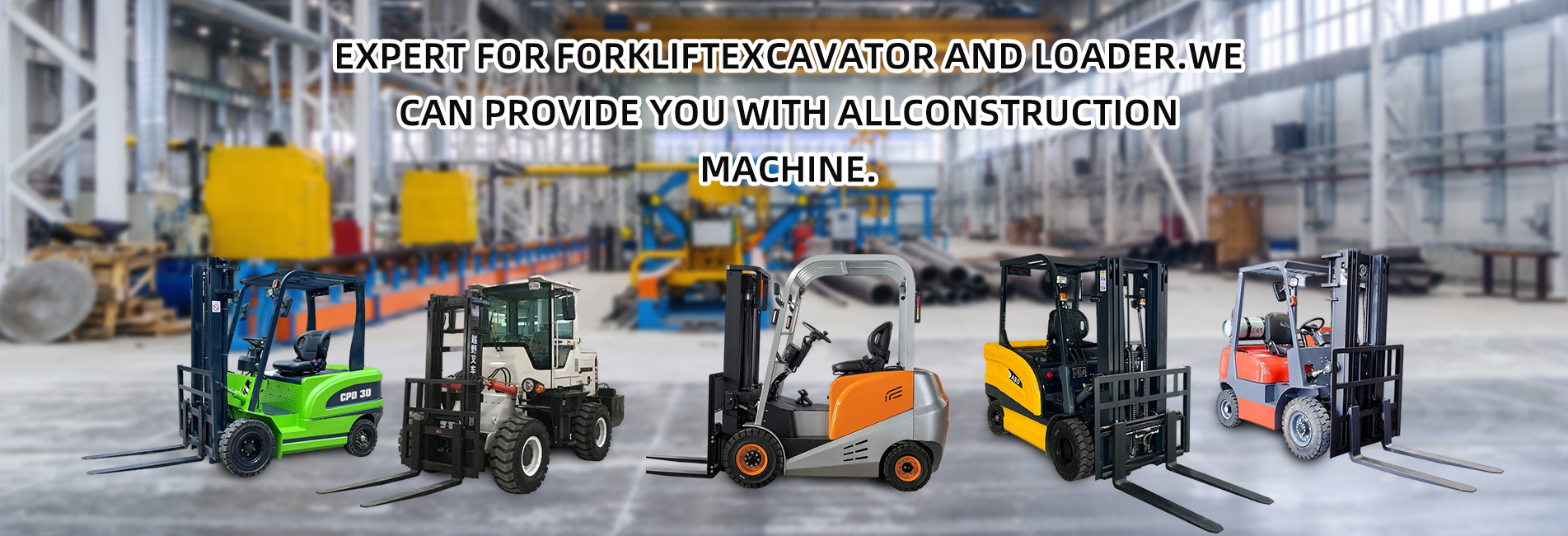As a commonly used handling equipment in the field of industrial logistics, fuel-powered forklifts have irreplaceable advantages in many scenarios due to their unique performance characteristics. The following details their advantages from multiple dimensions:

1. Strong Power, Adaptable to High-Intensity Operations
- Stable Output Power: The engine of fuel-powered forklifts (including diesel, gasoline, and liquefied petroleum gas forklifts) provides strong and continuous power output, which can easily handle heavy-load handling tasks. For example, in scenarios such as ports and warehousing centers where it is necessary to frequently move goods weighing several tons or even more than ten tons, fuel-powered forklifts can complete the operations stably and efficiently without power attenuation after heavy loads or long-term work, unlike some electric forklifts.
- Adaptable to Complex Working Conditions: For operating environments that require climbing slopes or driving on rough ground (such as construction sites and mining yards), the high torque output of fuel-powered forklifts enables them to pass smoothly, and their power performance is far superior to that of most electric forklifts.
2. Strong Endurance, Reducing Downtime
- No Need for Frequent Charging: Electric forklifts rely on battery power and usually need to be charged after continuous work for several hours. Each charging takes a long time (generally several hours), which will affect work efficiency. In contrast, fuel-powered forklifts only need to be refueled in a timely manner (diesel, gasoline, or liquefied gas), and the refueling process takes only a few minutes, which can minimize downtime and ensure the continuity of operations.
- Suitable for Long-Time Operations: In places that require 24-hour uninterrupted operations (such as night sorting in large logistics hubs), fuel-powered forklifts can operate continuously by taking turns to refuel, meeting the needs of high-intensity work.
3. Good Environmental Adaptability, Not Restricted by Sites
- Excellent Performance in Low-Temperature Environments: The battery capacity of electric forklifts will drop significantly in low-temperature environments, affecting their use; while fuel-powered forklifts can still start and work normally in cold regions (such as northern winters), and are suitable for scenarios such as outdoor cold storage warehouses and winter outdoor operations.
- No Dependence on Charging Facilities: In places lacking charging equipment such as field operations and temporary cargo transfer points, fuel-powered forklifts can work normally as long as there is sufficient fuel reserve, with higher flexibility.
4. Advantages in Maintenance Cost and Service Life
- Relatively Simple Maintenance: Although the structure of the fuel engine is complex, the maintenance technology is mature, there are many maintenance outlets, and the supply of parts is sufficient. Ordinary mechanical maintenance personnel can carry out daily maintenance and troubleshooting; while the maintenance of core components such as batteries, motors, and controllers of electric forklifts requires high technical skills, and the maintenance cost is relatively high.
- Longer Service Life: Under normal maintenance, the service life of fuel-powered forklifts is usually longer than that of electric forklifts, especially when operating under high-intensity and harsh environments, their durability is more prominent, and the cost performance in long-term use is higher.
5. Advantage in Load-Bearing Capacity
Among forklifts of the same specification level, the maximum load-bearing capacity of fuel-powered forklifts is usually greater than that of electric forklifts. For example, heavy-duty forklifts (with a load of dozens of tons or even hundreds of tons) mostly use fuel power, which can meet the handling needs of large goods (such as steel and heavy machinery parts), and this is a field that electric forklifts cannot replace at present.
To sum up, fuel-powered forklifts have significant advantages in terms of power, endurance, environmental adaptability, and load-bearing capacity, and are particularly suitable for scenarios such as outdoor operations, high-intensity heavy-load handling, places lacking charging facilities, or low-temperature environments. However, with the improvement of environmental protection requirements, electric forklifts are more widely used in indoor, light-load, and strictly environmentally regulated places. Users can choose the appropriate type of forklift according to their specific needs.


